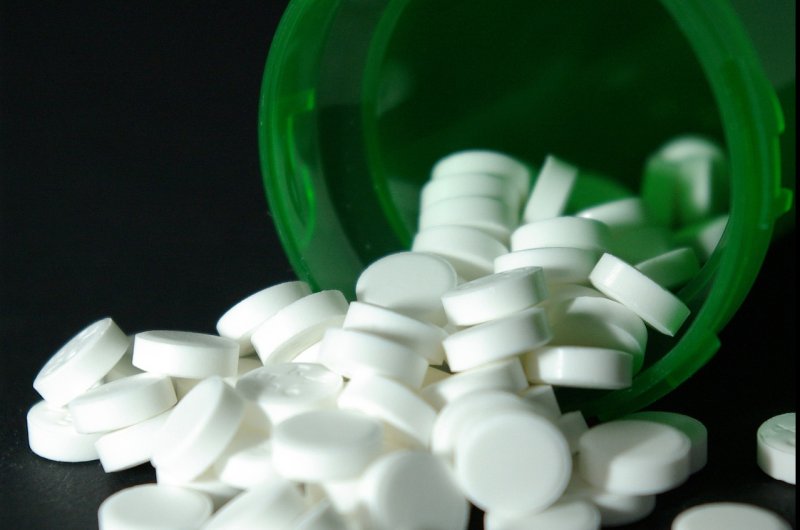The number of unintended deaths linked to opioid use has increased by 500 percent since 2000, according to new research. Photo by
LizM/Pixabay
Dec. 17 (UPI) -- As many as 50,000 Americans per year die as a result of opioid use, a new analysis has revealed.
In findings published Tuesday in the Journal of the American Medical Association, researchers from Columbia University, as well as the National Center for Health Statistics and the National Institute for Drug Abuse, report that the number of deaths attributed to opioid abuse or misuse -- including accidental overdoses and suicides -- increased by 500 percent between 2000 and 2017, the last year for which data were available.
While the number of opioid-related suicides in the country more than doubled over the same period -- from 757 to 1884 -- the percentage of opioid-related deaths that were suicides declined from 9 percent to 4 percent during that time.
Meanwhile, "unintentional" deaths related to opioid use, like accidental overdoses, increased by 700 percent over the 18-year period reviewed by the researchers.
"Viewing the threat posed by opioid abuse and suicide as distinct, though sometimes related, conditions could change how people with opioid use disorders and their families understand opioid addictions and how they seek treatment for them," study co-author Mark Olfson, the Elizabeth K. Dollard Professor of Psychiatry, Medicine and Law at Columbia University, told UPI.
For their analysis, Olfson and his colleagues reviewed drug overdose deaths involving opioids among Americans 15 years of age and older from the National Vital Statistics System.
In all, they found 47,506 deaths in the U.S. linked with opioid use in 2017, and 43,036, or roughly 91 percent, of them were listed as unintentional. In 2000, these figures were 8,393 and 6,190, or 74 percent, respectively.
Earlier research indicated that as many as one-quarter of all opioid-related deaths were suicides. However, the new findings suggest the percentage is much lower, which "runs counter to a growing tendency to view opioid overdose and suicide as intertwined 'deaths of despair,'" Olfson said.
"It is important for (people abusing opioids) and their family members to understand that there are effective medication treatments for opioid addiction and different medication and psychological treatments for depression," he added. "These are separate conditions, which, though they can occur together, respond to different treatments."
In addition, highlighting the percentage of opioid-related deaths that are unintentional underscores the importance of medical interventions designed to treat addiction, according to Olfson. This, he said, includes efforts to make buprenorphine -- a drug used to treat opioid addiction as well as chronic pain -- more readily available to those who need it.
"Knowing that the actual percentage and number of suicide deaths among opioid overdose deaths is much lower does not relieve clinicians who care for patients with opioid use disorders from evaluating their patient's mental health, but it puts the primary focus of care more squarely on the patient's addiction," Olfson said.
"This is also true for the emergency management and evaluation of opioid overdoses. When patients present to emergency departments with non-fatal opioid overdoses, it is important to determine the extent to which the overdose was driven by an opioid addiction or by suicidal intent," he added. "The behavioral healthcare needs of these patients are likely to be quite different."















